
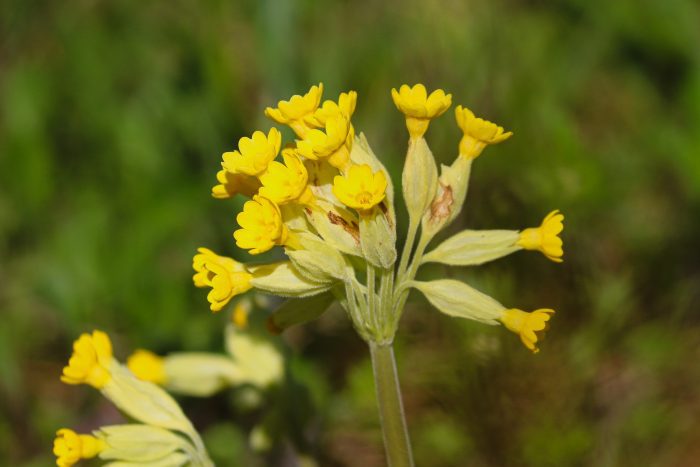
Cowslip. Credit: manfredrichter via Pixabay
Wildflowers are flower species that are found growing naturally in the wild. They provide pollinators and insects with food from leaves, pollen, nectar, shelter and places to breed.
During the summer, this area is a carpet of wildflowers with many native species to be found. The wide variety of wildflowers support the local bee population by providing valuable food.
The leaves of Cowslip are low to the ground, green and crinkly. The yellow flowers are tube shaped and grow in clusters at the end of the stems. This relation to the primrose is an early spring flower usually seen from April to May.
Cowslip has traditionally been found in hay meadows, ancient woodlands and hedgerows. Loss of these habitats has caused a serious decline in Cowslip populations.
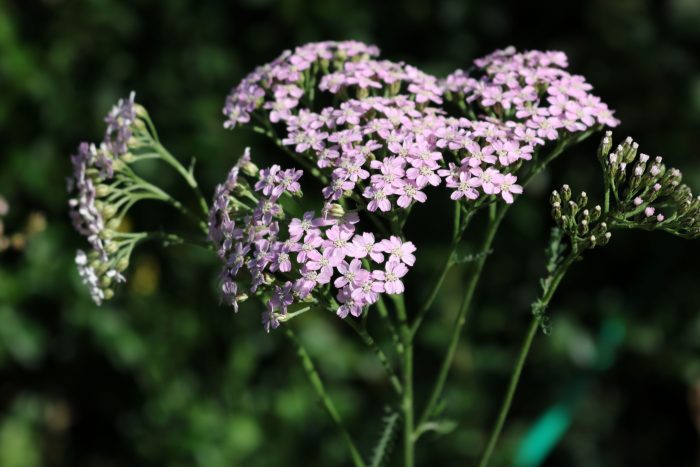
Yarrow. Credit: vickypawprice via Pixabay
The flat-topped clusters of flower heads are comprised of white petals with yellow disc florets and pinkish ray florets. The feathery leaves are dark green. Yarrow can be seen flowering from June to November.
Yarrow is a grasslands plant and can be found in lawns, verges and meadows.
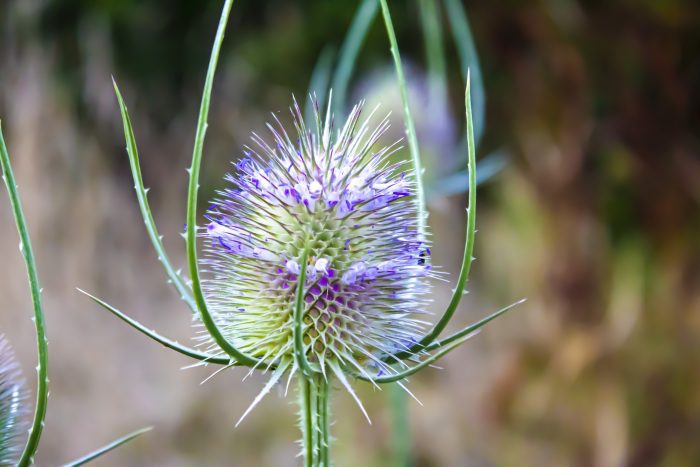
Teasel. Credit: mathiasbodeckel via Pixabay
Teasel grows to the height of a person and has brown cone shaped flower heads. Between July and August, when Teasels are in flower, the spiky flower heads are mostly green with rings of purple flowers.
Teasel grows in all kinds of habitats, from grassland to waste ground.
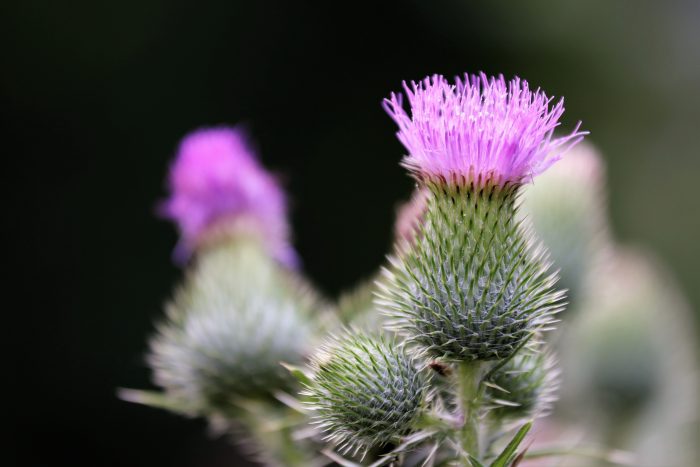
Greater Burdock. Credit: GoranH via Pixabay
The large leaves are heart-shaped and the Greater Burdock plant has thistle-like flower heads that grow in loose clusters. These egg-shaped flower heads become sticky burs with large hooks that help the plant to disperse its seeds when they attach to the fur of passing animals.
Can be found in scrub, woodland and along roadside verges.
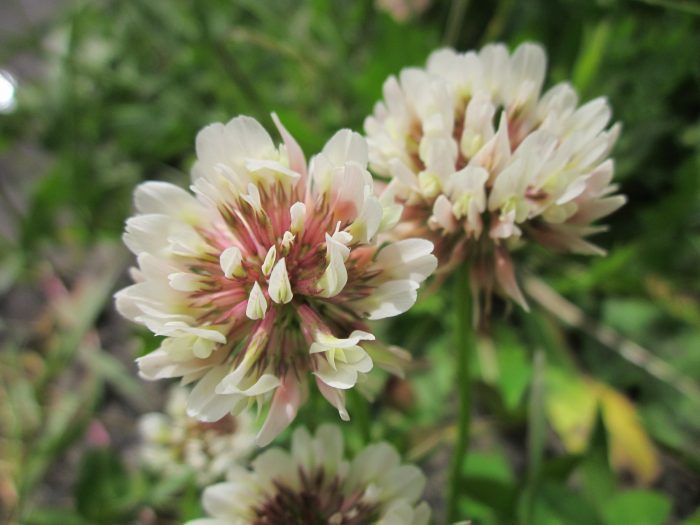
White Clover. Credit: wikimediaimages via Pixabay
The three green leaflets often have white markings. The plant’s rounded heads are white and sometimes can be pinkish. Flowers appear from May to October.
White Clover is widespread and can be found in grassland, farmland, towns and gardens.

The information board is kindly sponsored by The Mayor of Ashford’s Charity and International Biodiversity Consultants Ltd
